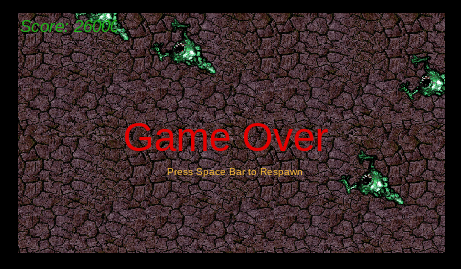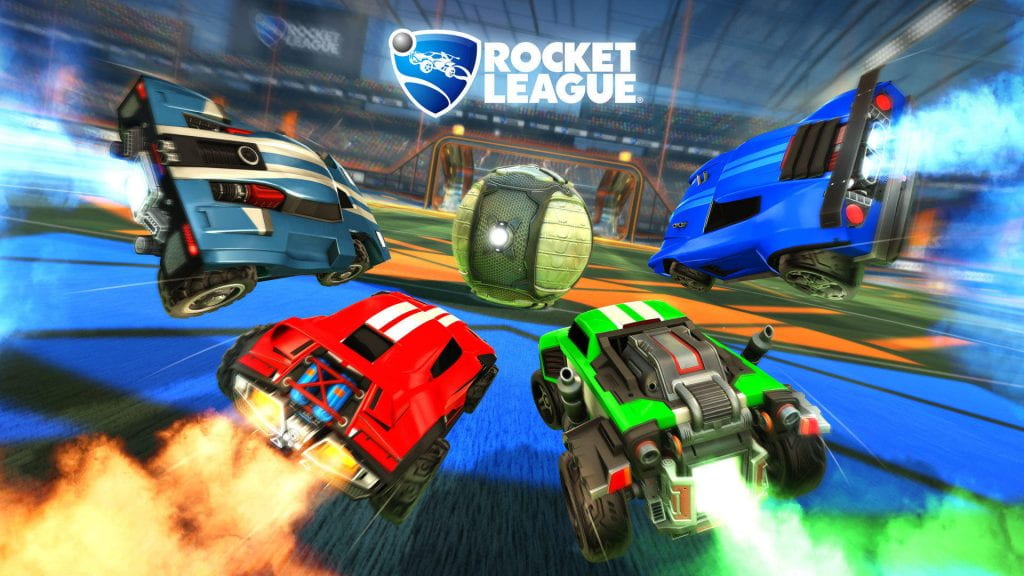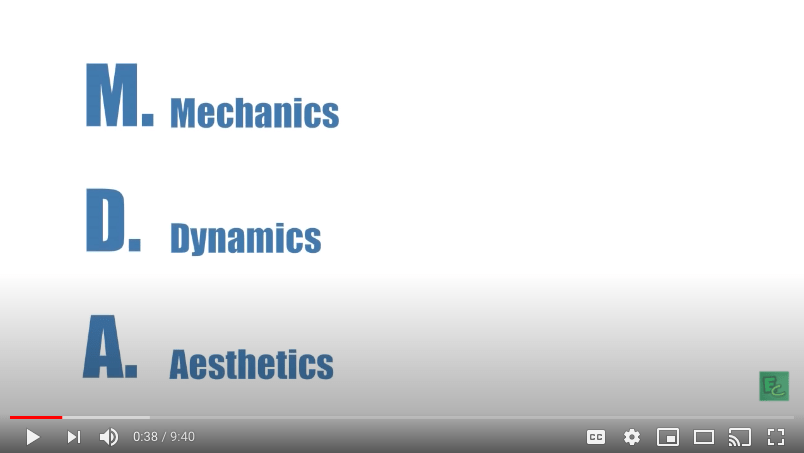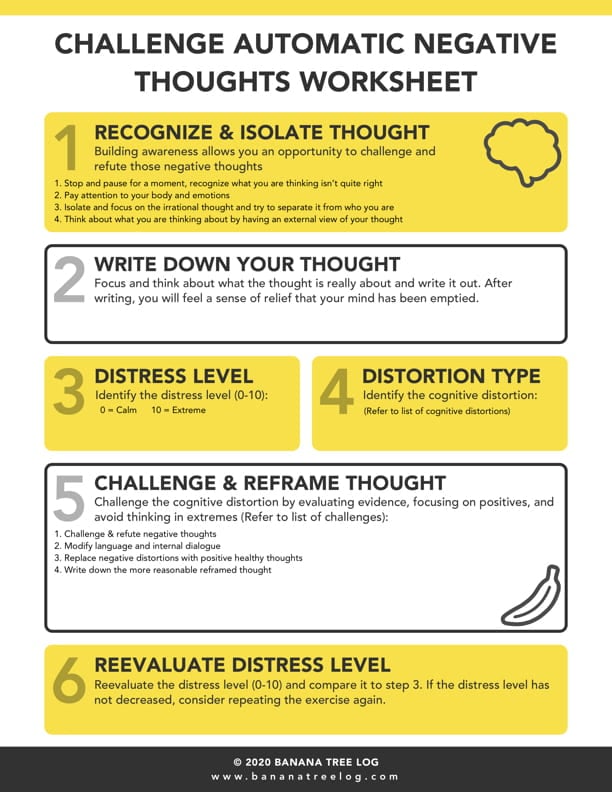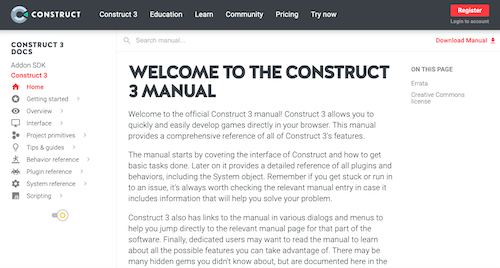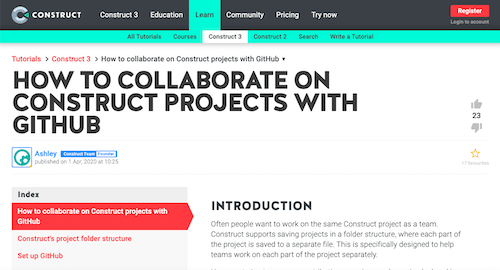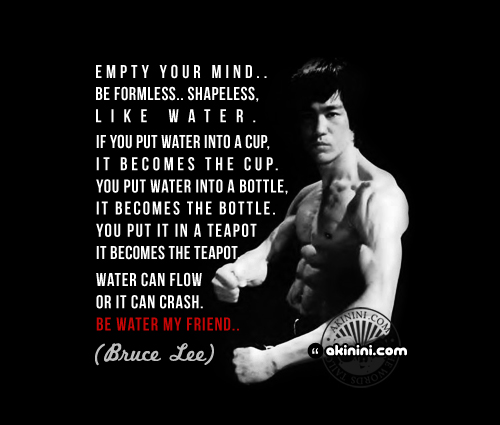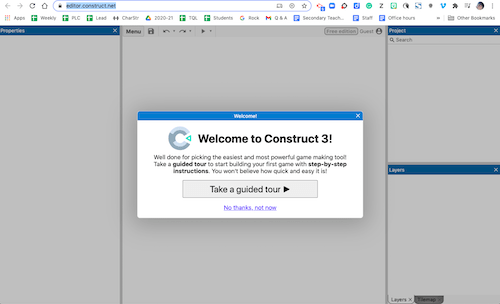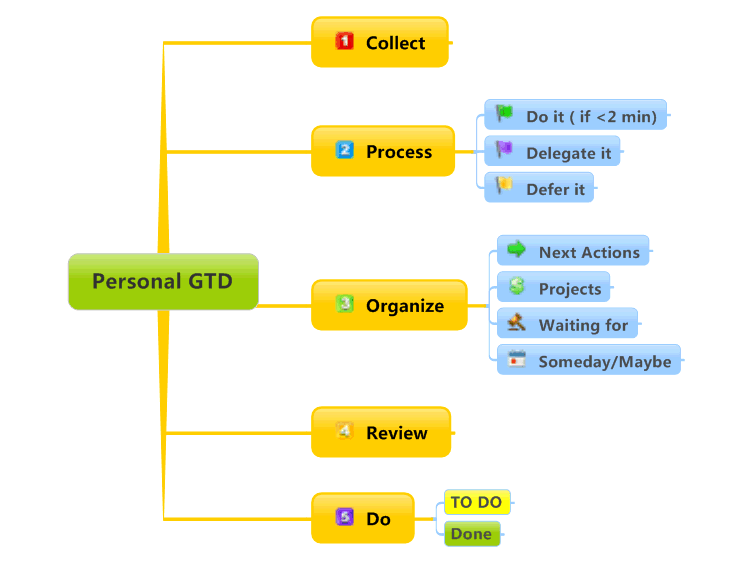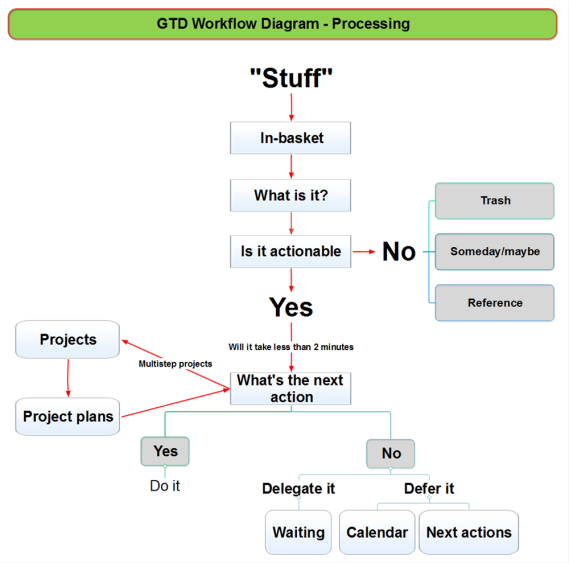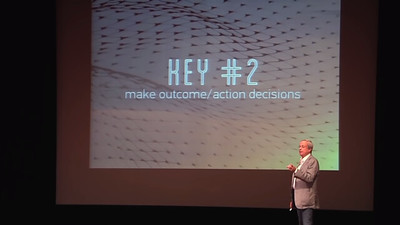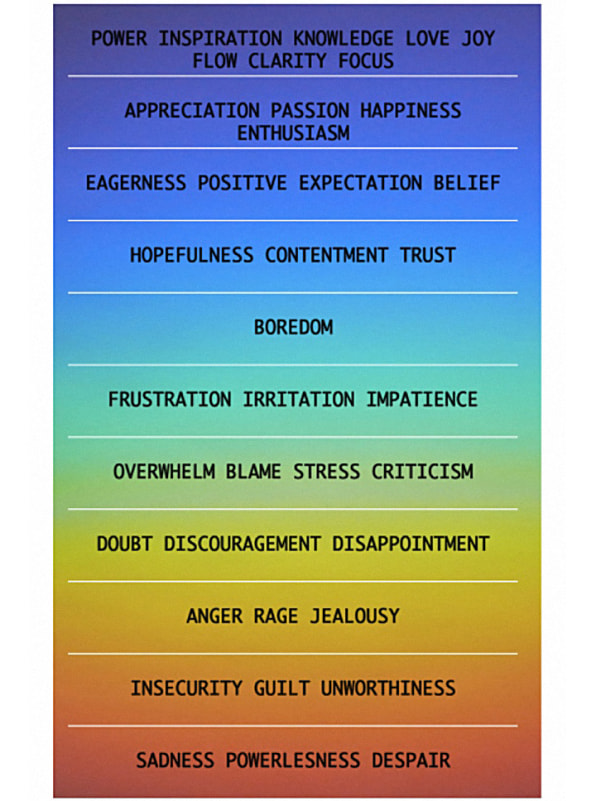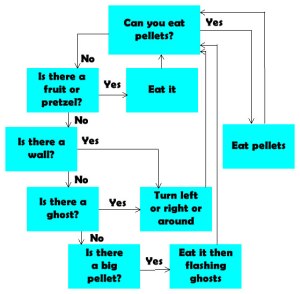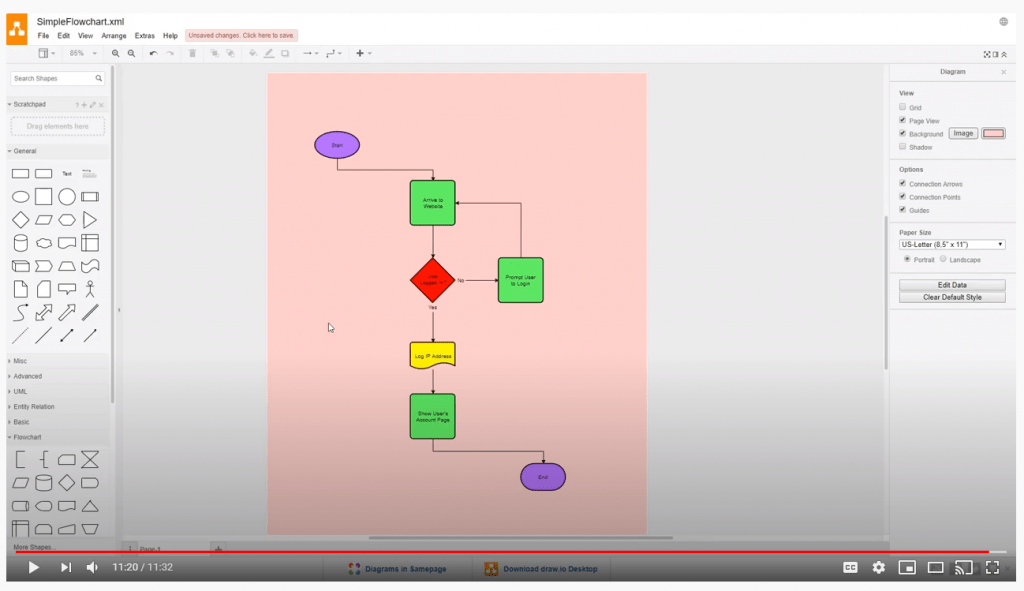| Formal Elements | |
| The Basics | NOTES |
| Name of the game | Amoung Us |
| The platform | Mobile and PC |
| Time played (should be at least 30 minutes) | 1 hour and 30 mins |
| If you could work on this game (change it), what would you change and why? | I would change the glitches. Like it takes a few tries to join a game because it always says that the game is full een if there are only like 5/10 plyers in the lobby. |
| Players | NOTES |
| How many players are supported? | atleast 4, at most 10 |
| Does it need to be an exact number? | no |
| How does this affect play? | the more players there are the funner and harder it is to find the impostor |
| Some types of player frameworks:Single Player – like Solitare.Head-to-head – 1 vs. 1, Chess.PvE – Player vs. Environment, or multiple players vs. the game. Common in MMOs like World of Warcraft.One against Many – Single-player vs. multiple (obvy).Free-for-all – Every man for himself (1 vs. 1 vs. 1 vs. 1..). Most common for multiplayer games, from Monopoly to Modern Warfare.Individuals Against the System – Like Blackjack, where the Dealer is playing against multiple players, but those players have no effect on each other.Team Competition – Multiple vs. multiple, i.e. sports.Predator-prey – Players form a circle and everyone’s goal is to attack the player on their left and defend themselves from the player on their right.Five-pointed Star – Eliminate both players who are not on either side of you. | |
| Objectives/Goals | NOTES |
| What are the players trying to do? | |
| Some common objectives include:Capture/Destroy – Eliminate all your opponents pieces (Chess).Territorial Acquisition – Control as much territory as you can, not necessarily harming other players (RISK).Collection – Collect a certain number of objects throughout the game (Pokemon).Solve – Solve a puzzle or crime (Clue).Chase/race/escape – Anything where you are running towards or away from something (playground game Tag).Spatial Alignment – Anything involving the positioning of elements (Tetris or Tic-Tac-Toe or that game at Cracker Barrel).Build – Advance your characters or build your resources to a certain point (The Sims).Negation of another goal – The game ends if you perform an act that is forbidden by the rules (Jenga or Twister). | |
| Rules/Mechanics | |
| There are three categories of (what the book Rules of Play calls) operational rules:Setup – the things you do at the beginning of a game.Progression of Play – what happens during the game.Resolution – How an outcome is determined based on the game state. | |
| Controls | NOTES |
| What controls are used? | on pc: arrow keys and mouse
on mobile: click the buttons on the screen |
| Was there a clear introductory tutorial? | Yes |
| Were they easy to understand or did you find yourself spamming the controller? | Yes |
| Resources & Resource Management | NOTES |
| What kinds of resources do players control? | Body Reports and Emergency Meetings |
| How are they maintained during play? | There is a certain number of Emercency Meetings, and that nuber is controlled by the host of the game |
| What is their role? | Emegency meeting are used if you saw something suspicious and you need to tell other players and the body report button pops up when there is a dead body near you. |
| A resource is everything under the control of a single player. Could be the money in Monopoly or health in WoW. Other examples are:Territory in RISK The number of questions remaining in 20 Questions Objects picked up during videogames (guns, health packs, etc.)Time (game time, real-time, or both)Known information (like suspects in Clue) | |
| Game State | NOTES |
| How much information in the game state is visible to the player? | A lot |
| A snapshot of the game at a single point is the game state. The resources you have, the un-owned properties in Monopoly, your opponent’s Archery skill all count towards the game state. Some example information structures are:Total Information – Nothing is hidden, like Chess.Info per player – Your hand of cards is only visible to you.One player has privileged info – Like a Dungeon Master.The game hides info from all players – Like Clue, where no one knows the victory condition.Fog of War – In video games, where certain sections of the map are concealed if you do not have a unit in sight range of that area. You also cannot see other players’ screens, so each player is unaware of the other’s information. | |
| Sequencing | NOTES |
| In what order do players take their actions? | Real time |
| How does play flow from one action to another? | Really great |
| Some structures include:Turn-based – Standard board game technique.Turn-based with simultaneous play – where everyone takes their turn at the same time (like writing something down or putting a card down in War).Real-time – Actions happen as fast as players can make them. Action-based video games.Turn-based and time limits – You have this long to take your turn. | |
| Player Interaction | |
| Some examples:Direct Conflict – I attack you.Negotiation – If you support me here, I’ll help you there.Trading – I’ll give you this for that.Information Sharing – If you go there, I’m warning you, a trap will go off. | |
| Theme & Narrative | NOTES |
| Does it have an actual story structure? | No |
| Is it based on a historical event (or similar)? | No |
| Does the theme or narrative help you know how to play? | Yes |
| Does it have emotional impacts? | No |
| Also, look for en media res (does it start in the middle of the game)? | No |
| The Elements in Motion | NOTES |
| How do the different elements interact? | One action leads to another, like if you report a dead body then a meeting is called. If you kill somone then you sabotage to get people away from the body. |
| What is the gameplay like? | It all depends on the people you play with. If you play with newbies then it will be slower if you play with pros then it will be fast paced. |
| Is it effective? | Yes |
| Are there any points where the design choices break down? | No |
| Design Critique | NOTES |
| Why did the designer make these particular choices? | To make it so that you can do your tasks and its harder for you to see people around you |
| Why this set of resources? | To make it appealing to all types of gamers |
| What if they made different decisions? | It probubly wouldn’t be as fun |
| Does the design break down at any point? | No |
| Graphics & Sound | NOTES |
| Does the game art pair well with the mechanics? | Yes |
| Did you find any bugs or glitches? | Yes |
| What about sound? | Its great |
| Can you spot any technical shortcuts? | Yes |
| Various Stages of the Game | NOTES |
| To wrap up, some things to keep in mind (as if there aren’t enough already) as you play: If you try to join a public lobby it may take a few tries to get into one, just because there are so many people trying to get into lobbies at once that the game glitches out and says the lobby is full when it is not. | |
| What challenges do you face, and how do you overcome them? | There are a lot of different challenges in this game, one that is the biggest in trying to get into a game. How you overcome that is that you just have to keep trying untill you get into one. |
| Is the game fair? | Yes |
| Is it replayable? Are there multiple paths to victory or optional rules that can change the experience? | Yes |
| What is the intended audience? | I would say 10 – 30 just becasue I see alot of older gamers playing it aswell as little kids |
| What is the core, the one thing you do over and over, and is it fun? | Complete your tasks, its fun sometimes but it gets annoying when you don’t get impostor after being crewmate 30 times in a row. |
